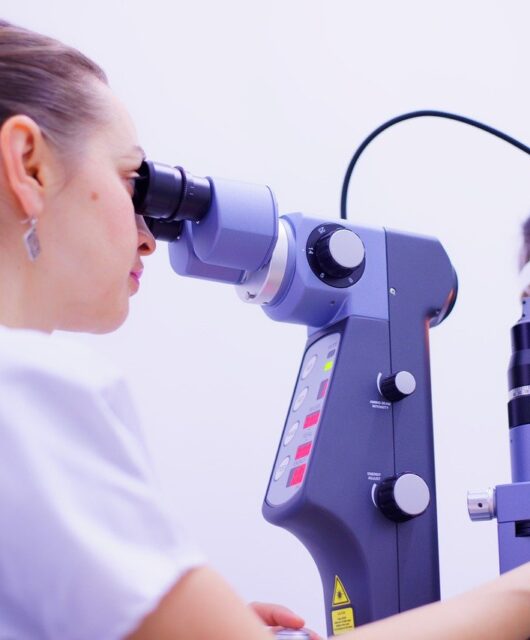Sciatica Pain Management: Practical Tips for Relief

Key Takeaways
- Sciatica is a common condition that causes lower back and leg pain.
- Effective pain management techniques include exercise, posture correction, and alternative therapies.
- Understanding the root cause of sciatica can lead to more effective treatment.
- Consulting a healthcare professional is crucial for personalized care.
Table of Contents
- What Is Sciatica?
- Common Causes of Sciatica
- Symptoms of Sciatica
- Diagnosis and When to Seek Help
- Exercise and Physical Therapy
- Alternative Treatments
- Lifestyle Changes
- When to Seek Professional Help
What Is Sciatica?
Sciatica is defined by pain that travels along the route of the sciatic nerve, spanning from the lower back through the hips and buttocks and into both legs. This pain is not limited to the lower back; it can travel down to the legs and feet. Pain can range from a slight ache to severe burning or extreme discomfort in terms of severity and type. The sensation could also resemble a sudden jolt or burst of electricity, especially when sneezing or coughing.
Common Causes of Sciatica
The most common cause of sciatica is a herniated disk in the spine, where the disk presses on the sciatic nerve. Other causes include spinal stenosis, which is the narrowing of the spine, degenerative disc disease, and muscle spasms. For instance, Las Vegas Sciatica services offer various treatment options to help manage this discomfort effectively, improving your quality of life. Traumatic injuries like car accidents or falls can also trigger sciatica. Moreover, research shows that factors such as age, obesity, diabetes, and occupations that require prolonged sitting or heavy lifting can increase the risk of developing sciatica. According to a study published in the National Institute of Health, these factors, combined with genetic predisposition, could significantly influence the likelihood of developing this debilitating condition.
Symptoms of Sciatica
Symptoms of sciatica may differ greatly but typically consist of pain that spreads from the lower back to the buttocks and down the leg. The pain may vary in intensity from moderate to severe and can be experienced in the foot or toes. Other symptoms might include numbness in the leg or foot, muscle weakness, and tingling or a pins-and-needles sensation. Often, the pain is only on one side of the body. Prolonged sitting, sudden movements, or physical activity may exacerbate these symptoms. Recognizing these symptoms is vital for accurate diagnosis and treatment as they can resemble other conditions, underscoring the need to pinpoint the root problem accurately.
Diagnosis and When to Seek Help
An accurate diagnosis usually includes a comprehensive physical evaluation, a detailed assessment of your medical background, and potentially imaging procedures such as X-rays, MRIs, or CT scans to validate the precise reason for your sciatica. It’s essential to seek medical help if the pain is severe, persistent, or accompanied by other alarming symptoms such as loss of bowel or bladder control, significant weakness in the leg, or sudden, unbearable pain that could indicate a medical emergency. Early diagnosis and interventions can prevent further complications and facilitate a quicker recovery, enabling you to return to normal activities faster.
Exercise and Physical Therapy
Regular exercise and physical therapy can be highly effective for managing sciatica pain. Core-strengthening exercises and movements that improve flexibility and maintain good posture can alleviate pressure on the sciatic nerve, thereby reducing pain. Tailored physical therapy programs often include stretches, strength training, and aerobic exercises to relieve pain and prevent future flare-ups. For sciatica patients, physical therapists provide personalized interventions targeting the root cause, addressing pain relief and functional improvement. Consistently following a specialized exercise regimen can significantly contribute to long-term pain management.
Alternative Treatments
In addition to conventional treatments, many find relief through alternative methods such as acupuncture, chiropractic adjustments, and massage therapy. According to the National Institute of Health, these treatments can be beneficial alongside traditional care. The practice of acupuncture consists of placing thin needles into particular points on the body in order to activate nerves and muscles, possibly alleviating pain. Chiropractic treatment seeks to enhance spinal alignment and target root problems.Meanwhile, massage therapy can reduce muscle tension and improve circulation to ease pain. These alternative treatments offer complementary benefits that can enhance overall pain management strategies.
Lifestyle Changes
Adopting a healthier lifestyle can also help manage sciatica pain. This includes maintaining a healthy weight to reduce pressure on the spine, practicing good posture, and avoiding prolonged periods of sitting or standing that can exacerbate symptoms. Eating a range of fruits, vegetables, and omega-3 fatty acids in your diet can greatly benefit the health of your spine. Regular exercise, like walking or swimming, can support the overall health of the musculoskeletal system. Additionally, ergonomic furniture and making workspaces more spine-friendly can help prevent repetitive strain and alleviate sciatica symptoms.
When to Seek Professional Help
Understanding when it is necessary to consult a professional is crucial, even if home remedies and lifestyle adjustments can work well. If your symptoms persist despite self-care efforts, or if you experience severe pain or neurological symptoms like numbness or extensive muscle weakness, consulting a healthcare provider is critical. Experts can offer targeted treatments, recommend medications, or even consider interventional procedures like epidural steroid injections or minimally invasive surgeries. For more information on managing sciatica, check out resources like this WebMD guide on sciatica symptoms. Consulting with professionals ensures that your condition is appropriately managed and you receive the most effective treatments tailored to your needs.









